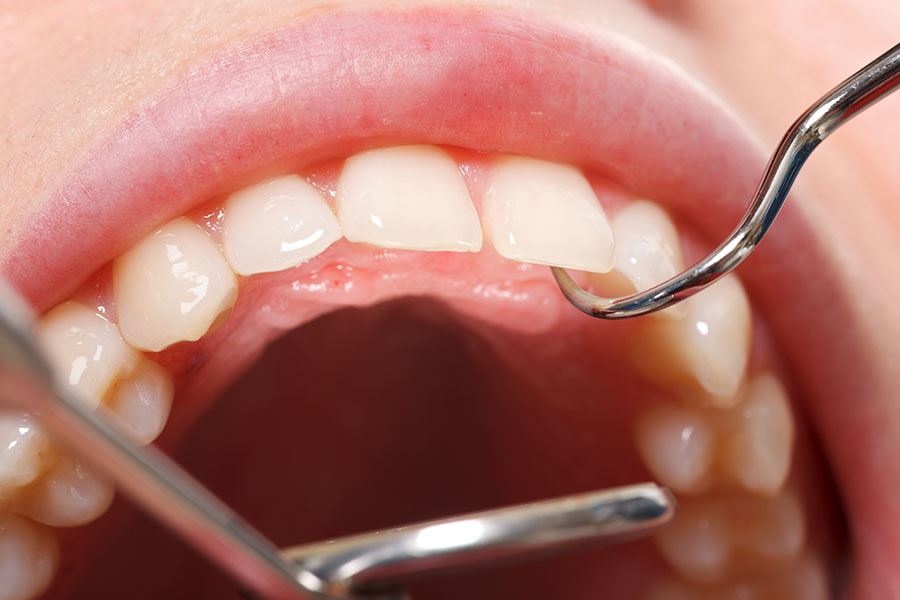When it comes to replacing missing teeth, two of the most reliable and common options are dental bridges and tooth implants. Both offer significant advantages, but they differ in their functionality, longevity, and approach to restoring your smile. At East Valley Dental Professionals (EVDP), we often get questions from our patients about which option is better suited for their dental needs. In this article, we’ll compare dental bridges and tooth implants, explaining their benefits, how they work, and which option may be best for you.
What Are Dental Bridges?
A dental bridge is a prosthetic device that “bridges” the gap created by one or more missing teeth. It’s traditionally composed of a false tooth or teeth, which are held in place by dental crowns affixed to the adjacent healthy teeth. The result is a natural-looking solution that restores the function and appearance of your smile.
Types of Dental Bridges:
There are four main types of dental bridges commonly offered at EVDP:
- Traditional Dental Bridges: The most common type, traditional bridges use crowns on the abutment teeth (the healthy teeth on either side of the gap) to anchor the false tooth. While effective, one downside is that the abutment teeth need to be filed down, permanently altering them to accommodate the crowns.
- Cantilever Bridges: This type of bridge is used when there is only one healthy tooth next to the gap. While less common, cantilever bridges can still be effective, though they are not typically recommended for areas subjected to heavy biting forces, like the back of the mouth.
- Maryland Bridges: Instead of crowns, this bridge uses a metal or porcelain framework attached to the back of the adjacent teeth. Since this design doesn’t require modification to the adjacent teeth, it’s less invasive than traditional bridges but may not be as strong.
- Implant-Supported Bridges: These bridges are supported by dental implants rather than natural teeth. Implant-supported bridges are a more durable and long-lasting option but require surgery to place the implants into the jawbone.
What Are Tooth Implants?
A tooth implant is a permanent solution for replacing missing teeth that mimics the root structure of a natural tooth. The process involves surgically placing a titanium post into the jawbone, where it will integrate with the bone over time. Once this process is complete, a crown is placed on top of the implant, restoring the function and appearance of a natural tooth.
Benefits of Tooth Implants:
- Longevity: Implants are designed to be a long-term solution, often lasting a lifetime with proper care.
- Bone Preservation: Implants stimulate the jawbone, helping prevent the bone loss that typically occurs when a tooth is missing.
- Natural Functionality: Implants provide the closest experience to having a natural tooth, with no risk of shifting or movement.
- No Impact on Adjacent Teeth: Unlike bridges, tooth implants do not require adjacent healthy teeth to be filed down or altered in any way.
Key Differences Between Dental Bridges and Tooth Implants
Both dental bridges and tooth implants are excellent options for replacing missing teeth, but they function differently and have unique advantages. Here’s a breakdown of the main differences:
Longevity
- Dental Bridges: With proper care, dental bridges can last up to 15 years. However, because they rely on the surrounding teeth for support, their longevity may be affected by the health of those teeth.
- Tooth Implants: Implants can last a lifetime. Since they are anchored directly into the jawbone, implants do not rely on neighboring teeth for support and are much more durable.
Impact on Surrounding Teeth
- Dental Bridges: Traditional bridges require the adjacent healthy teeth to be filed down to hold the crowns in place. This process is irreversible, and those teeth will always need to be protected by crowns.
- Tooth Implants: Implants do not affect adjacent teeth, preserving their natural structure. This makes implants a preferred option for patients looking to maintain the health of their remaining teeth.
Procedure Time
- Dental Bridges: Installing a bridge generally requires two visits. First, the abutment teeth are prepared, and a mold is taken. Then, the permanent bridge is placed during a follow-up appointment.
- Tooth Implants: The implant process takes longer due to the need for surgical placement and healing time, which can range from several months to a year, depending on how quickly the jawbone integrates with the implant.
Bone Preservation
- Dental Bridges: Bridges do not stimulate the jawbone, so over time, the bone where the tooth is missing may deteriorate.
- Tooth Implants: Since implants are placed in the jawbone, they provide essential stimulation to the bone, preventing bone loss and maintaining the facial structure.
Aesthetic and Functional Outcome
- Dental Bridges: Bridges are effective in restoring the appearance of a full smile and improving functionality, such as chewing and speaking. However, they are not as durable as implants and may need replacement after 10-15 years.
- Tooth Implants: Implants are as close to natural teeth as possible, offering superior aesthetics, durability, and functionality.
Which Option is Right for You?
Choosing between a dental bridge and a tooth implant depends on several factors, including your oral health, the number of missing teeth, your budget, and your preferences. At EVDP, we conduct a comprehensive evaluation to determine the most suitable option for you. Below, we break down the key considerations for each treatment option.
Dental Bridges
A dental bridge may be ideal if you have healthy adjacent teeth that can support the bridge. Since no surgery is involved, it offers a quick solution for replacing missing teeth. Many patients prefer bridges for their affordability as they often have a lower upfront cost. However, bridges may need to be replaced after several years, which could lead to future expenses. This option is also effective if you’ve lost multiple teeth and prefer to avoid multiple implants.
Tooth Implants
For a more permanent, low-maintenance solution, tooth implants are often the better choice. Implants do not affect healthy adjacent teeth and are designed to mimic the natural structure of a tooth. They also help prevent bone loss, which can occur when teeth are missing. Although the process requires surgery and a longer healing time, implants tend to be more cost-effective in the long run since they can last a lifetime with proper care. This option is particularly suitable if you have sufficient jawbone density to support the implant.
At EVDP, our experienced team, led by Dr. Nathan Smith, will help you choose the right solution based on your unique needs. Whether you decide on a dental bridge or a tooth implant, we ensure high-quality care for a healthier, long-lasting smile.
The EVDP Approach to Dental Restoration
We understand the importance of choosing the right dental restoration option for your unique situation. Whether you are considering a dental bridge or a tooth implant, we are here to guide you through the process with expertise and care.
Our lead dentist, Dr. Nathan Smith, is a highly trained and experienced professional who has helped countless patients restore their smiles with both bridges and implants. Dr. Smith’s personalized approach ensures that each patient receives the best treatment plan for their individual needs. With advanced training from Tufts University School of Dental Medicine and a dedication to continuing education, Dr. Smith is committed to staying at the forefront of dental advancements.
At EVDP, we take pride in our ability to offer cutting-edge solutions while maintaining a patient-focused approach. Dr. Smith treats each patient with the utmost care, ensuring their comfort and satisfaction at every step.
Conclusion
Both dental bridges and tooth implants provide excellent solutions for restoring missing teeth, but they serve different needs depending on your individual circumstances. At East Valley Dental Professionals, our goal is to help you make an informed decision about your dental health. We encourage you to schedule a consultation with us to discuss your options and find the best path forward for restoring your smile. Let us help you regain your confidence and functionality with a solution tailored to your needs. Contact us today at EVDP to schedule an appointment and take the first step toward a healthier, brighter smile!

